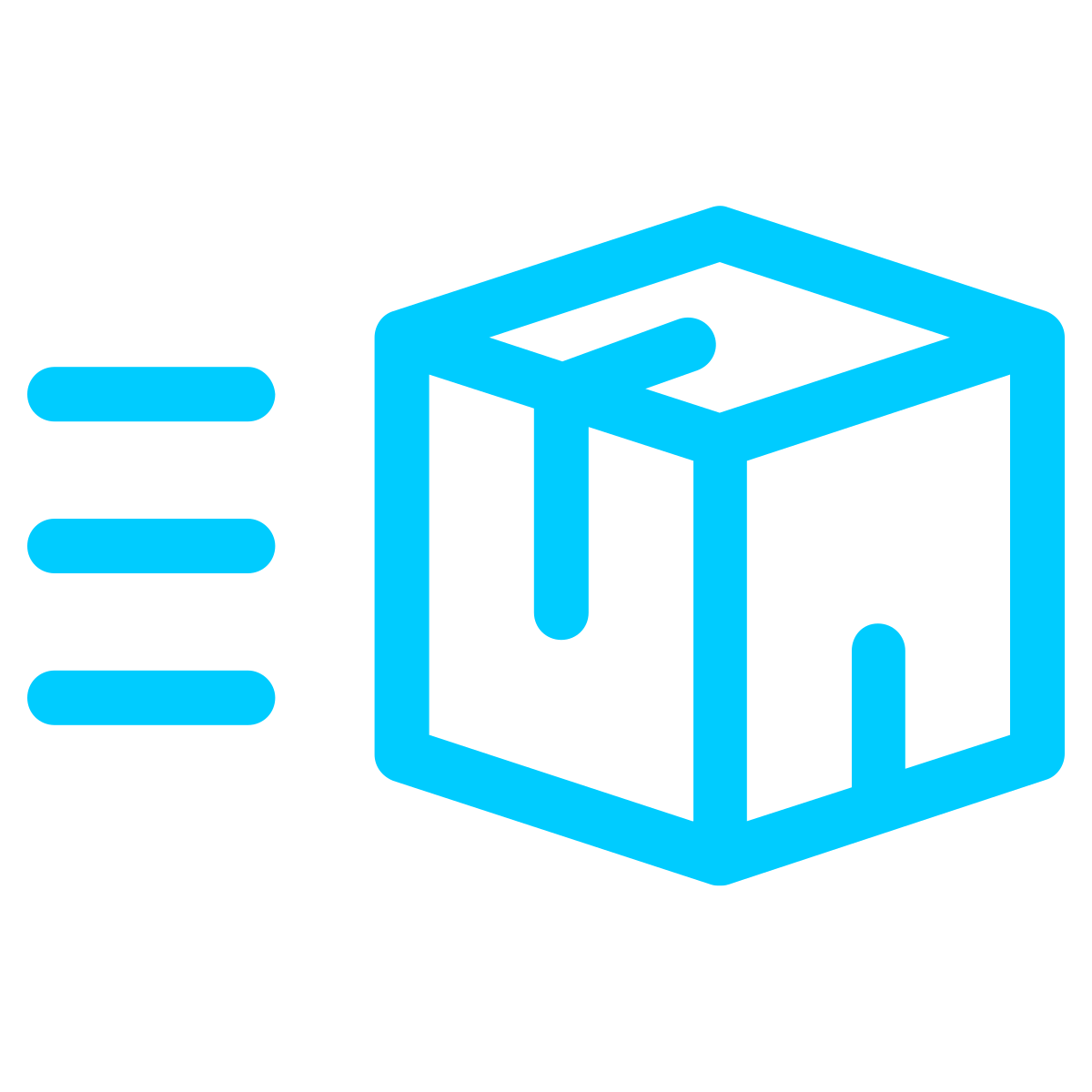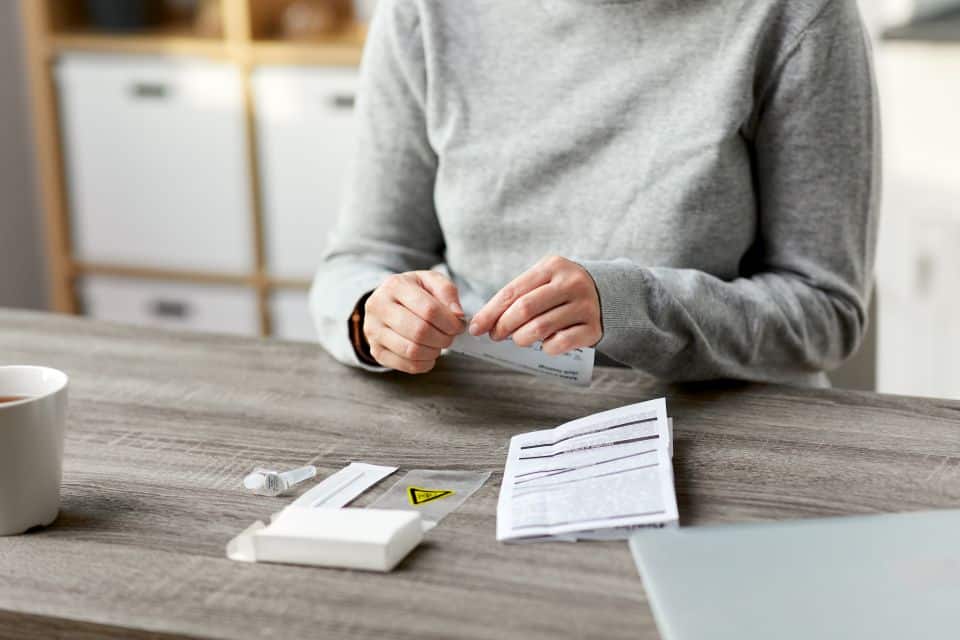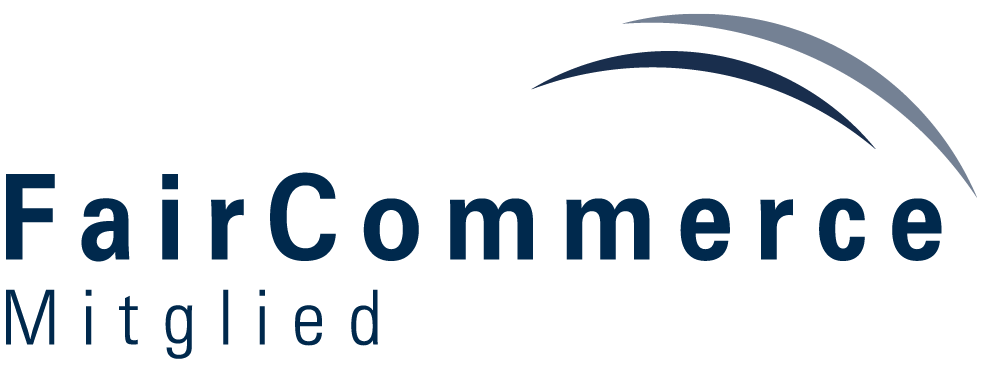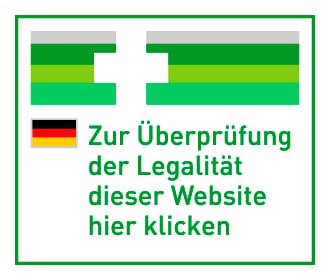In diesem Vergleich haben wir die gängigsten Laientest zur Anwendung im vorderen Nasenbereich auf dem Markt anhand von diversen Kriterien gegenüber gestellt. Manche Ergebnisse haben uns selbst überrascht.
Sie finden hier zu jedem Test die Test-Identifikationsnummer, anhand derer sich der Test identifizieren lässt.
Inhalt der Selbsttestkits
Beim Verpackungsinhalt beginnen bereits die ersten Unterschiede. Die notwendigsten Materialien sind in jedem Testkit enthalten: Testkassette, Extraktionspuffer, steriler Tupfer und eine Gebrauchsanweisung. Viele Laientest (bei Profitest ist dies übrigens nicht anders) haben allerdings keinen Plastikbeutel für die Entsorgung der benutzten Materialien mit im Packungsumfang. Die einzigen Laientest, die einen Biosicherheitsbeutel vorweisen, sind der altbekannte Hotgen und der neue Testsieger Citest Diagnostics Laientest. Dieser hat ebenfalls einen Röhrchenhalter mit enthalten. Darin kann die Pufferlösung sicher zur Testdurchführung platziert werden.
Sensitivität, Spezifität und Gesamtsensitivität
Dies sollten Sie wissen: Die in der Gebrauchsanweisung angegebenen Sensitivitätswerte beziehen sich nur auf die Anwendung bei einer hohen Viruskonzentration. Dieser Wert sagt also noch nichts über die Genauigkeit des Schnelltest bei einer mittleren oder geringen Viruskonzentration aus. Deswegen hat das Paul-Ehrlich-Institut eine Liste mit eigens geprüften Schnelltest veröffentlicht. Hier wurden die Schnelltest ebenfalls auf die Genauigkeit bei einer mittleren (ct>25<30) und niedrigen Viruslast (ct>30) getestet.
Die Spezifität ist durchweg bei allen Laientest die wir verglichen haben, auf einem Niveau über 99%.
Die in der Verpackungsbeilage angegebene Sensitivität bei hoher Viruskonzentration ist durchweg bei allen Laientest auf >95%. Eine Ausnahme bildet hier der Laientest von Beier Bioengineering, welcher mit 77,8% bereits hier negativ heraussticht.
Beim Vergleich der Sensitivität bei einer mittleren Viruskonzentration (ct>25<30) fallen bereits deutlich mehr Abweichungen auf.
Nach den Messungen des Paul-Ehrlich Institutes haben 4 getestete Laientest hier nur noch eine Sensitivität von unter 66% bzw. 2/3.
Hierzu zählen der Laientest von Baier Bioengineering mit 0% Sensitivität, der Hotgen Antigen Selbsttest mit 52% Sensitivität, der Safecare Antigen Selbsttest mit 62% Sensitivität, und der Joinstar COVID-19-Antigen-Schnelltest (Collodial Gold) mit 64% Genauigkeit bei einer mittleren Viruslast.
Der Green Spring Laientest, sowie der ganz neue VivaChek Rapid Gold Pro Laientest schneiden hier mit einer Sensitivität von 95% noch sehr gut ab. Sieger in dieser Kategorie ist aber unangefochten der Laientest von Citest Diagnostics, welcher mit 100% Genauigkeit bei den Messergebnissen glänzen konnte.
Bei einer geringen Viruslast (ct>30) erkennen die meisten Laientest fast nichts mehr. Dazu zählt auch der Hotgen Laientest, welcher als wohl beliebtester Laientest auf dem Markt zählt. Daher ist es umso wichtiger, bei der Auswahl eines geeigneten Selbsttest genau auf diesen Wert zu achten.
Die einzigen Laientest in unserem Vergleich, die bei einer niedrigen Viruslast laut PEI wirklich noch verlässlich eine Infektion detektieren können, sind:
- der Green Spring Laientest mit 40% Genauigkeit
- der Vivacheck Rapid Gold Pro Laientest mit 94% Genauigkeit
- der Citest Diagnostics Antigen Laientest mit 90% Genauigkeit
Gesamtsensitivität
Die Gesamtsensitivität beschreibt die Genauigkeit des Tests über alle Viruskonzentrationen insgesamt. Das Schlusslicht bilden hier der Test von Beier (28%) sowie der Hotgen Laientest (56%). Auf den Plätzen davor finden sich der Safecare Laientest (62%) und der Joinstar Laientest (64%) wieder.
Ein gutes Ergebnis erzielt der Green Spring Laientest mit 86% Gesamtsensitivität.
Sieger im Punkt Gesamtsensitivität in unserem Vergleich sind der Rapid Gold Pro Laientest von VivaChek mit 92,5%, sowie der Laientest von Citest Diagnostics mit einer Gesamtsensitivität von 98%. Bei diesen Selbsttest können Sie zweifellos davon ausgehen, dass diese in der Regel jede Virusinfektion detektieren – vorausgesetzt natürlich, der Test wird korrekt durchgeführt.
Limit of Detection (LoD)
Das Limit of Detection (deutsch: untere Nachweisgrenze) beschreibt den Wert, ab welcher minimalen Viruslast der Schnelltest den Virus nachweisen kann. Dieser Wert sollte entsprechend möglichst niedrig sein.
Hier bewegen sich die meisten Schnelltest zwischen Werten von 200-400 TCID/50ml.
Besonders niedrige Nachweisgrenzen zeigten in unserem Vergleich die Schnellteste von Citest Diagnostics (100 TCID/50ml) sowie der Rapid Gold Pro Ag Schnelltest von VivaChek mit 75,5 TCID/50ml.
Omikronerkennung
Alle Schnelltest aus unserem Vergleich haben die Bridging Prüfung nach Angaben des Paul-Ehrlich-Instituts bestanden. Diese Angabe ist allerdings korrekt einzuordnen: Auch wenn der Test grundsätzlich Omikron erkennt und nachweisen kann, sind die Ct-Werte bei mittlerer und geringer Konzentration entscheidend, ob die Omikron-Erkennung auch bei geringerer Viruslast zutrifft.
Gesamtergebnis
Im Gesamtergebnis unserer Vergleichs nasaler Laientest haben bei uns von 7 verglichenen Tests nur 3 Laientest ein zufriedenstellendes Ergebnis erreicht. Die Laintest von Joinstar, Safecare, Hotgen und Beier sind mit einer Gesamtpunktzahl von 3 bis 6 von 10 möglichen Punkten in unserem Vergleich durchgefallen.
Preis-/Leistungssieger ist in unserem Vergleich mit 9 von 10 Punkten der neue Rapid Gold Pro AG Schnelltest von VivaChek geworden.
Das beste Gesamtergebnis, und damit unser Qualitätssieger, ist der Citest Diagnostics COVID-19 Antigen Rapid Test (Nasal Swab) mit einer Gesamtpunktzahl von 9,5 von 10 möglichen Punkten geworden.







